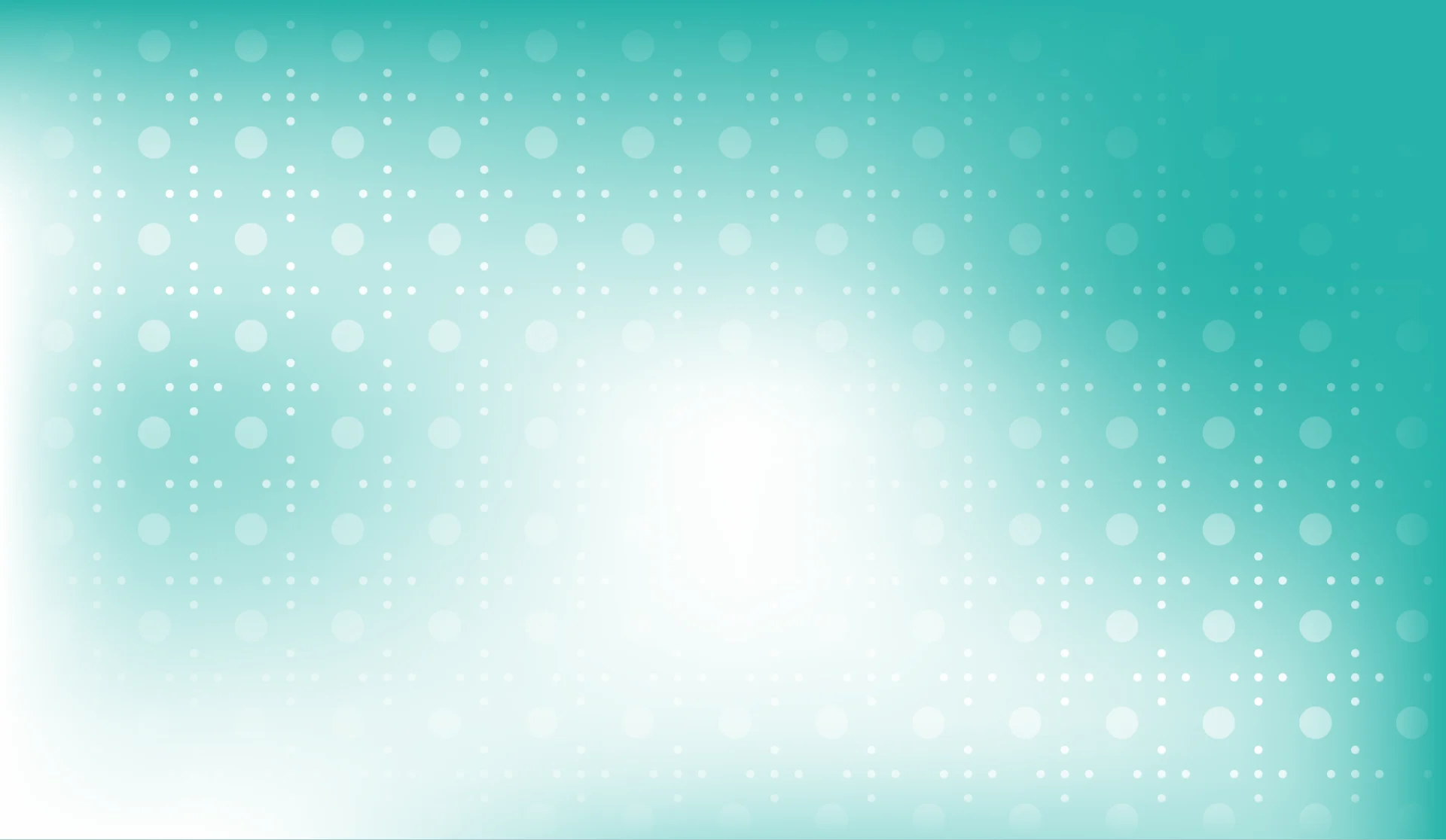Precise and permanent laser marking on plastic, glass, wood or metal is one of the most efficient, flexible, fast, environmentally friendly and material-friendly methods on the market today. Laser marking of plastics requires sufficient absorption of the laser beam by the material. The surface of the material is either foamed, carbonized, discoloured, bleached or ablated.
However, it is often necessary to develop a special plastic composition so that the surface can be marked by laser.
In order to achieve high legibility and marking quality on certain plastics and to be able to mark materials that are difficult or impossible to mark at a high speed, a customized development of the plastic composition is necessary depending on the application.
PeroLaB®, as a laser marking additive, quickly and effectively converts the incoming laser radiation into heat so that material surfaces can be structured and marked with high quality. The photo shows a nutrient table on a PMMA sheet that was lasered using the Trumpf "TruMark" system.
PeroLaB® can be used for marking almost any plastic, including high-performance plastics such as polyester, PU, POM, PMMA, PE, PVC, PS, PP and PTFE. Due to its broadband absorption in the NIR range (800 – 1200 nm) and in the UV range (280 – 380 nm), PeroLaB® is suitable for marking processes using solid-state, fiber and UV lasers.
PeroLaB® can be used as a laser marking additive and thus enables laser marking on almost all plastics. This avoids the need to develop special plastic compositions for marking.
PeroLaB® is a refractory ceramic material with a melting point of over 2000 °C. Compared to many organic laser additives, the product can also be used for marking high-performance plastics such as PTFE. The use of PeroLaB® on metals and glass is currently being tested.
Compared to certain organic laser additives, PeroLaB® does not consume or decompose after irradiation with the laser, which also leads to a high recyclability of components.
In quasi-simultaneous welding, the welding contour is traversed several times in order to achieve rapid and uniform temperature development almost simultaneously (i.e. quasi-simultaneously) – the reactivity or effect of PeroLaB® remains virtually unaffected in comparison to certain organic additives.
PeroLaB® can be used for marking almost any plastic, including high-performance plastics such as polyester, PU, POM, PMMA, PE, PVC, PS, PP and PTFE.
Due to its broadband absorption in the NIR range (800 – 1200 nm) and in the UV range (280 – 380 nm), PeroLaB® is suitable for marking processes using solid-state, fiber and UV lasers.
PeroLaB® is characterized by the fact that the mechanical properties of the component are not significantly altered due to the low quantity used.
Laser marking of plastics with PeroLaB® can be a simple solution in many areas of application:
Please contact us if you have any questions about the use of PeroLaB® for your marking application.
Would you like to find out more about the possibilities of laser marking with PeroLaB®?

You are currently viewing a placeholder content from Turnstile. To access the actual content, click the button below. Please note that doing so will share data with third-party providers.
More Information